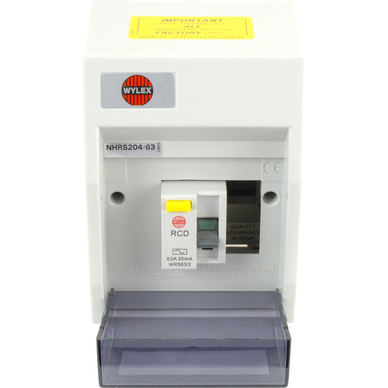I was reading that if a 100A main fuse is fitted, 25mm meter tails have to be used from the meter to the consumer unit, even though 16mm tails are suitable for the total house load. Is that so?
If that is the case then what would be suitable in this scenario. A plastic box is fitted with a RCD/incomer switch with 25mm tails to the box. Then 16mm cable from the RCD box to the consumer unit, which does not have an RCD. I see the consumer unit split into two sections, the main unit and the box with the RCD in it, some 25mm cable only to the RCD is fine. Am I right?
What do you all think?
EDIT:
The reason why I ask is that the existing consumer unit has 16mm tails and is on the other side of the wall to the electric meter at high level. The 16mm tails from the meter run through the wall and up. An electrician was called in the fit an RCD and gave a ridiculous price for a new consumer unit with a RCD inside and 25mm tails back to the meter ripping out part of the wall.
This was overkill. I saw that an RCD/mains incomer can be fitted near the meter with 25mm tails to the RCD box and then connect onto the existing 16mm tails in the wall to the existing consumer unit.
Oh God, not him again.



